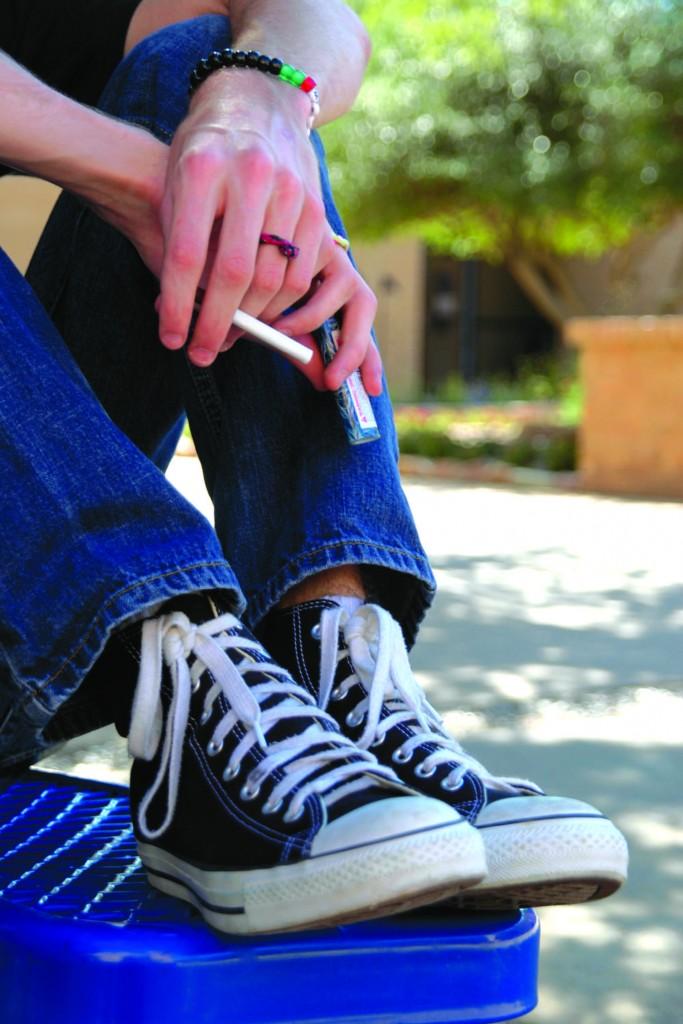By Erin Barnard/reporter
Fred Spaulding can define success with a new kiln.
The NW Campus ceramics instructor needed the new oven, which is used to fire and complete ceramic works, because his enrollment is increasing. More students are taking his classes and learning how to produce this form of art.
“He is such a great teacher,” said Sarah Snowden, a four-year ceramics student who recently took one of Spaulding’s classes. “He has a great personality and a strong will to help.”
To prepare for fall, students and faculty built the kiln during the May minimester when the kiln had low student use.
“The new kiln will allow us to accommodate the increase in enrollment,” Spaulding said. “We well also gain more consistency in the firing. The old kiln had many problems with old parts and was wearing out.
“The new, larger kiln helps to assist with our recent record growth toward 100 ceramic students for the 2009-2010 school year.”
With an instinctive passion to help students see their full potential, Spaulding gets thanks from students for the ceramics program’s popularity.
“He has brought enthusiasm and positive guidance to people, to explore new areas through art,” student Andrew Swartzfager said. “I know he works very hard to support the arts department.”
Spaulding said he feels it’s important that students find their own voice and means of expression.
“I spent a lot of time pointing out details of what they do and helping them see what processes and ideas are possible and natural to them,” he said.
Another student, Kathy Dossa, said Spaulding helped open her eyes to her artsy personality.
“We like to joke and call him a nerd,” Dossa said. “He is just so passionate and excited about teaching ceramics. It’s like a kid in a candy store.
“He helped me to improve. I may not be able to draw or paint, but now I can do ceramics.”
To help students find their inner artist, Spaulding has come up with his own approach.
“The method I use for this is to emphasize technical methods intensely over the first one-half to two-thirds of the beginning of class and then require students to connect with their own life processes to develop projects that they relate to directly,” he said.
“This can be difficult because students are often told what to specifically do. And when more freedom is given, an adjustment process usually takes place.”
In addition to helping students see their full potential, Spaulding also helps students sell some of their ceramic pieces.
“Twice a year, we have a pottery sale near the campus bookstore. This has been very good for the students as well as the campus community,” he said. “Everyone on campus can stop by and see what is being made in ceramics for $5-$25. Students get a lot of feedback from these sales and what people appreciate most about their work.”
The next ceramics pottery sale is scheduled for December.


























